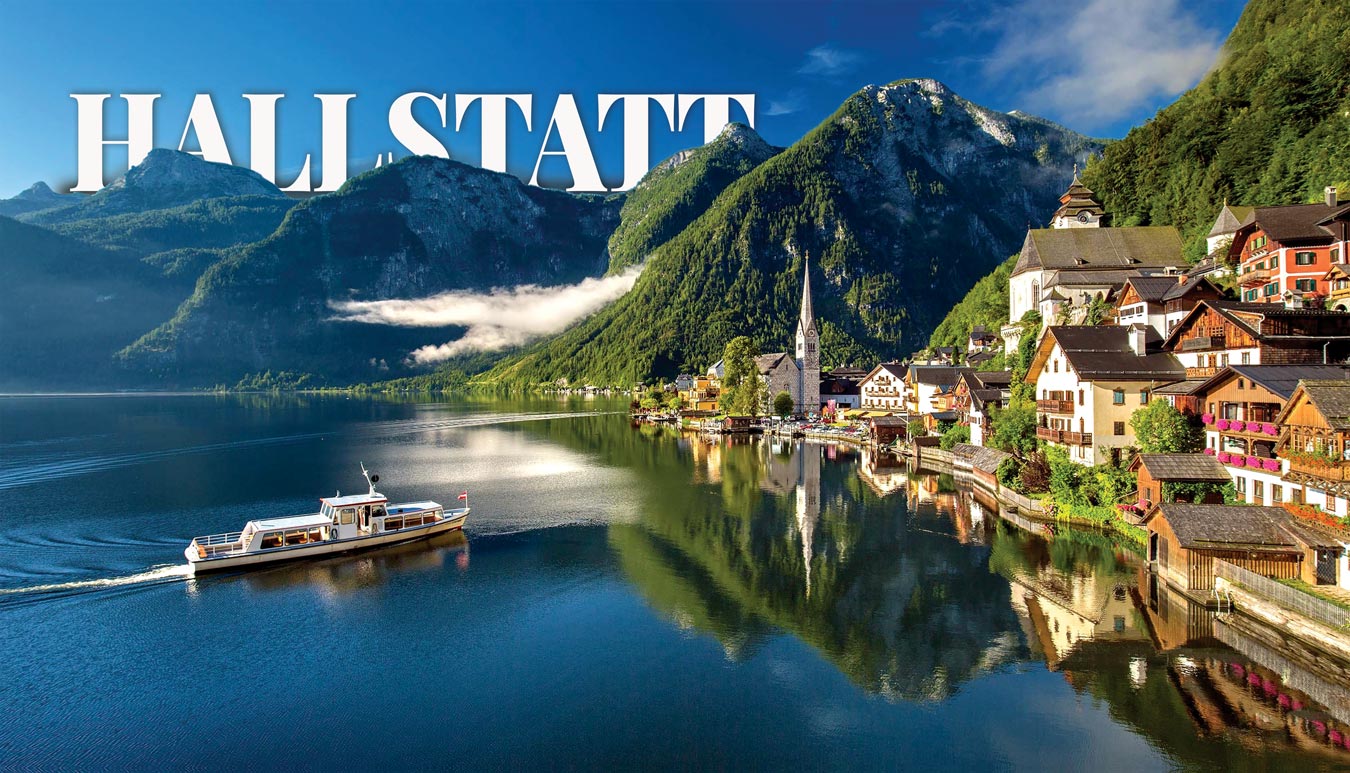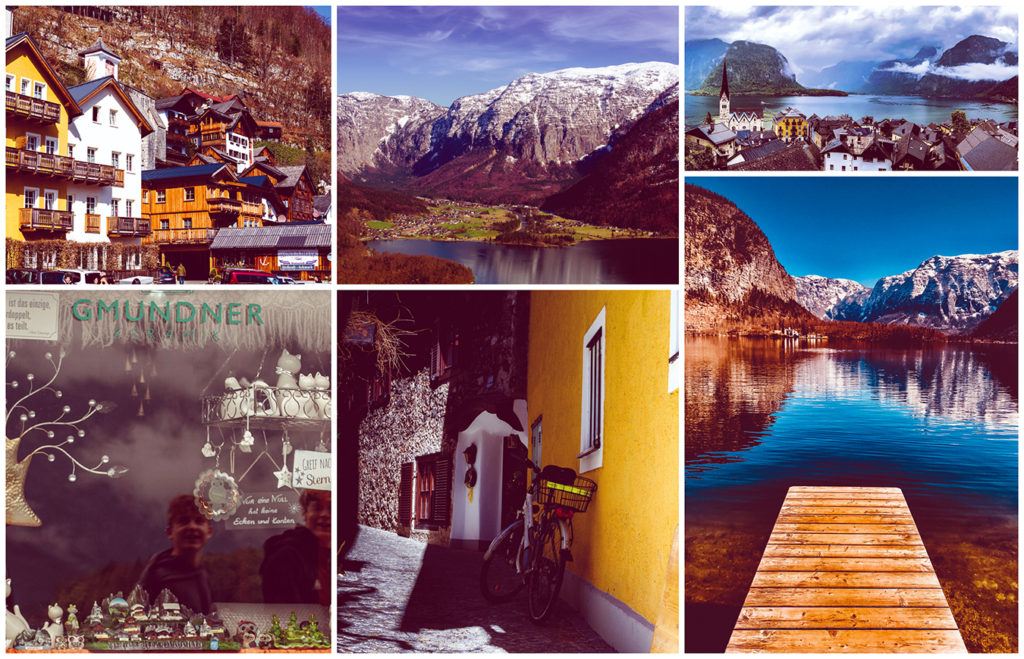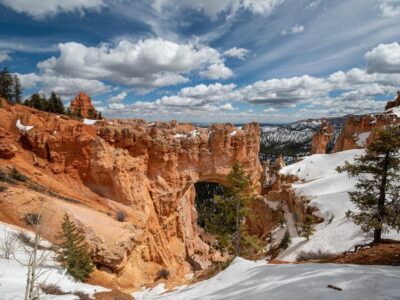
A quaint village, situated on Lake Hallstatt’s western shore in the mountainous region of Salzkammergut, in Austria, is home to fewer than 800 inhabitants, an ancient salt mine, and unparalleled views of the Austrian Alps. Hallstatt and the surrounding region was awarded in 1997 for its magnificent Alpine landscape and ancient salt mining tradition. Its salt mine – one of the world’s oldest – welcomed 19,700 visitors from January until March 15, this year, all keen to learn the history of these 7,000-year-old tunnels or stare at the mesmerising views of the saltlake set in the midst of snow-capped peaks of the Alps.
Normally, at this time of year, the village would ordinarily open its doors to over a million tourists in a year. The sound of reversing coaches and conversation in countless languages would fill the air and the sky would be illuminated by flashes from digital cameras.
Travellers also descend on Hallstatt thanks to the hugely popular animated film Frozen. Many people believe that Hallstatt’s spires and frosted mountaintops are the inspiration behind much of Frozen’s fictional fantasy land, the Kingdom of Arendelle. But that’s as fictional as Kingdom of Arendelle.
World Heritage region
So popular has the hamlet become with international tourists that Chinese tourists, overwhelmed with the place, have recreated a replica of the salt mine village in China, almost 10,000 km away. However good that imitation may be, it is only in the original that you discover this truly unique culture with a rich history, all in a breath-taking mountain setting. The village was already inhabited several millennia before Christ and during this period – the iron age – the civilisation flourished.
Mining in the Salzwelten, as the salt-mines of Hallstatt are known locally, is believed to date back from 4000 BC. The mines themselves were formed by the evaporation of seawater more than 250 million years ago and the mountain’s plentiful salt deposits led to the wealth that put this tiny town on the map. Visitors can take a guided tour of the mine, accessible by cable car. Once you arrive in the mines, you’ll move the way a traditional miner would—donning a jumpsuit and using wooden slides to access different levels.
Admire the beauty from the waters
When you resurface from the depths of the mine, you can relish the idyllic views that Hallstatt offers. As several visitors who have already been here say there are no bad views of this idyllic mountain town—but some of the best views are from the water. One can rent a variety of boats to go out in the lake. These include pedal boats, rowboats and electric options, though motorboats have been prohibited to preserve the lake’s serenity. Take a trip out on one of Hallstatt’s signature swan-shaped pedal boats, and you’re sure to make some new friends from shore.
Another spot worth visiting is the Hallstatt Charnel House. But step inside only if you have a strong heart. For this is an enclosure filled with more than 600 painted skulls. Indeed, it is a dramatic departure from the town’s fairytale charm—but the house has an intriguing story of its own. Lack of space in the town’s small, overcrowded graveyard posed an issue for early-17th-century residents wanting to pay proper respect to the dead. Villagers began to dig up loved ones’ bones to clean, sun-bleach, and paint them. The skulls’ floral motifs each have their own meaning: Oak leaves symbolise glory, laurels victory, ivy life, roses love and so on. Though cremation has since solved the burial space issue, Hallstatt towns people can choose to send their remains to the charnel house. The last resident to do so was added in 1995 and can be identified by her gold tooth.
Glocal cuisine
For a small place, Hallstatt has a fair bit of choice of restaurants. Even gourmands can feel at home here with the variety of food available here, though the biggest appeal remains the beautiful settings in which you have your meals or enjoy your teas and coffees by the lakeside. Around the Lake Hallstatt and the idyllic Gosau valley, scents, dishes, tastes and recipes from all directions come together.
Fish is a good option if dining around the lake. It can come in various forms — a hearty fish soup, a smoked fillet or the whole fish on the plate. Here in the heart of Austria, the lakes and rivers retain their purity and have plentiful fish such as whitefish, trout, char, pike, carp, eel and Zander. There are of course the other main courses in beef and chicken. For vegetarians, it can be a bit of struggle, though options are increasingly becoming available.
But don’t eat your heart out in the starters and main courses. Keep ample space for the famed Austrian desserts – ranging from apple or plum cakes, cream cakes, strudel of every kind or the delicious pancakes with traditional Austrian apricot jam from the Wachau. On top of that add some ice creams. And that means you can say goodbye to your dieting programme at least while you are holidaying in Hallstatt and its vicinity.






















